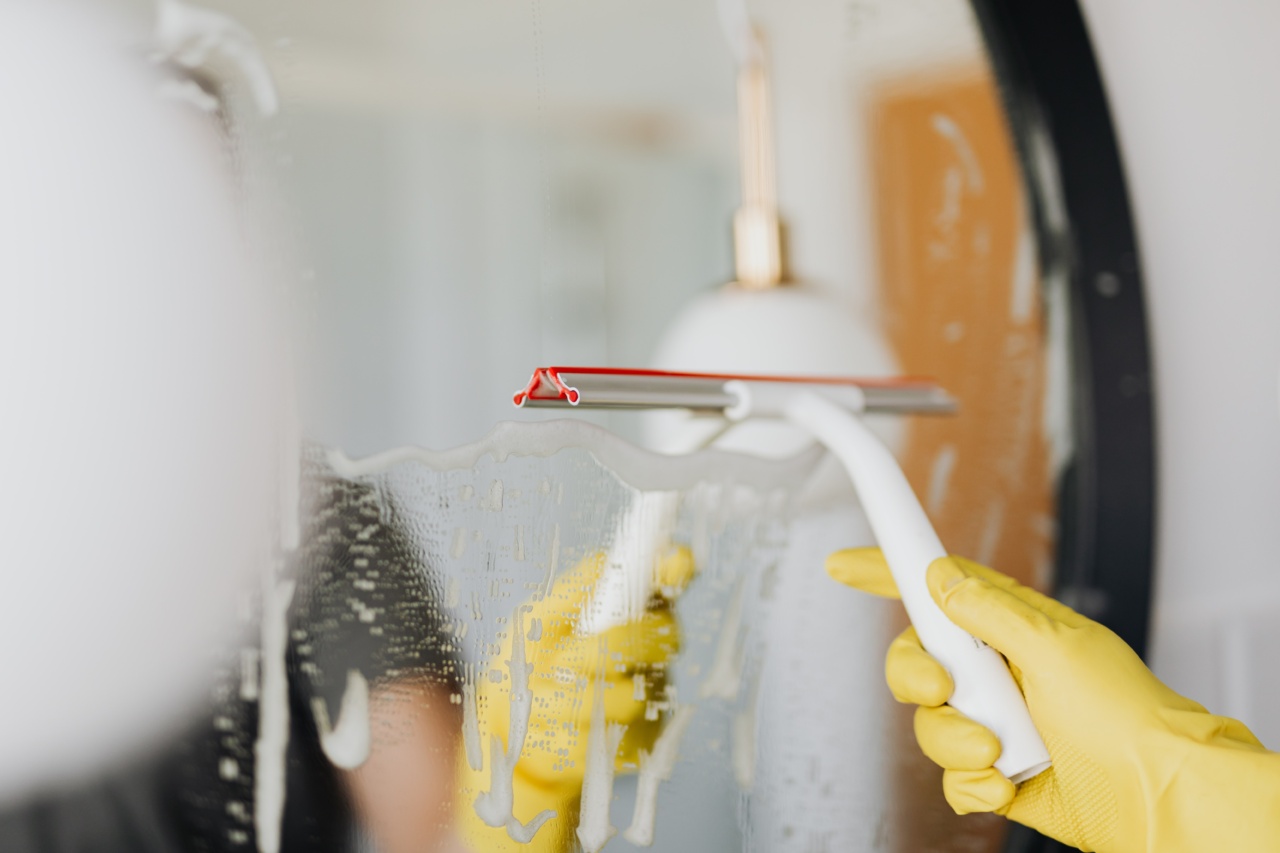Moles are a common skin condition that affects millions of people around the world. Moles are typically small, dark spots on the skin that can appear anywhere on the body, but often develop on the face, arms, and legs.
While most moles are harmless and not a cause for concern, some people may choose to remove moles for cosmetic reasons or to prevent them from becoming cancerous.
Before you decide to remove a mole, it’s important to understand the different methods available and to choose a safe and humane approach that minimizes pain, discomfort, and scarring.
In this article, we’ll explore some of the key considerations to keep in mind when removing moles, including what to expect during the process, how to prepare for the procedure, and what to do afterwards to ensure a successful recovery.
The Different Methods of Mole Removal
There are several different methods for removing moles, each with its own benefits and drawbacks. Some of the most common approaches include:.
Excision
Excision is the most straightforward and invasive way to remove a mole. In this procedure, the mole is first numbed with a local anesthetic, then surgically removed using a scalpel or razor.
The mole is then stitched closed to prevent bleeding and promote healing. Although excision is a highly effective method of mole removal, it can be painful and may result in visible scarring, especially for larger moles.
Cryotherapy
Cryotherapy is a non-invasive method of mole removal that involves freezing the mole with liquid nitrogen. The freezing process destroys the cells of the mole, which then fall off over time as the skin heals.
Cryotherapy is generally painless and does not require any anesthesia or incisions. However, it may not be effective for larger or deeper moles, and can cause blistering or discoloration of the surrounding skin.
Shave Biopsy
Shave biopsy is a minimally invasive method of mole removal that involves shaving off the top layer of the mole with a scalpel or razor. This procedure is quick and relatively painless, and usually does not require stitches.
However, it may not be effective for very deep or dark moles, and may result in scarring or pigmentation changes.
Laser Removal
Laser removal is another non-invasive method of mole removal that uses a focused beam of light to destroy the cells of the mole. This procedure is generally painless and does not require any anesthesia.
However, it can be expensive, and may not be effective for all types of moles.
Choosing the Right Method for Your Needs
When deciding how to remove a mole, it’s important to consider a number of factors, including the size and location of the mole, your skin type and sensitivity, and your overall health and medical history.
Some of the key factors to keep in mind when choosing a method of mole removal include:.
Mole Size
The size of the mole is an important factor to consider when selecting a removal method. Small moles may be adequately treated with cryotherapy or shave biopsy, while larger or more complex moles may require excision or laser removal.
Your dermatologist can help you determine which method is best for your specific needs.
Mole Location
The location of the mole is also an important consideration, especially when it comes to choosing an aesthetically pleasing removal method.
Moles on the face, for example, may require a more delicate approach such as shave biopsy, while those on the body may be more easily treated with excision or cryotherapy.
Skin Type and Sensitivity
Some people may be more prone to scarring, pigmentation changes, or other adverse reactions to mole removal.
If you have sensitive skin, a history of keloid scarring, or other skin conditions, you may need to take extra care when selecting a method of mole removal.
Overall Health and Medical History
Your overall health and medical history can also play a role in determining the best method for removing a mole.
If you have a history of skin cancer, for example, your dermatologist may recommend excision or another more aggressive treatment to ensure that all cancer cells are removed.
Preparing for Mole Removal
Once you have chosen a method of mole removal that works for your needs, it’s time to prepare for the procedure. Some key steps to take include:.
Consulting with Your Dermatologist
Before undergoing any mole removal procedure, it’s important to consult with your dermatologist. They can help you understand the risks and benefits of each method and make an informed decision about which is best for you.
Your dermatologist can also provide guidance on how to prepare for the procedure and what to expect during and after the treatment.
Follow Pre-Procedure Instructions
Depending on the type of mole removal you choose, you may need to follow certain pre-procedure instructions to ensure that your skin is in the best possible condition.
Your dermatologist may advise you to avoid certain medications, stop smoking, or abstain from alcohol in the days leading up to the procedure. They may also recommend that you avoid sun exposure or use sunscreen to protect your skin from damage.
Pack Appropriately
On the day of your procedure, be sure to pack any necessary items, such as comfortable clothing, sunscreen, or a hat if you will be spending time outdoors.
You may also want to bring a book or other form of entertainment to keep you occupied during the procedure.
What to Expect During and After Mole Removal
Once you arrive at your dermatologist’s office for mole removal, the process may vary depending on the method you have chosen. Some common steps include:.
Local Anesthesia
Most mole removal procedures require the use of a local anesthetic to numb the skin and prevent pain during the treatment. Your dermatologist will apply the anesthetic using a small needle, which may cause a slight prick or pinch.
Removal Method
After the skin is numbed, your dermatologist will use the chosen method to remove the mole from the skin. This may involve excision, cryotherapy, shave biopsy, laser removal, or another method depending on your needs.
Care Instructions
After the mole has been removed, your dermatologist will provide you with care instructions to follow in the coming days and weeks.
This may include avoiding sun exposure, wearing protective clothing, applying ointment or bandages to the skin, and taking pain medication as needed.
Ensuring a Successful Recovery from Mole Removal
To ensure a successful recovery from mole removal, it’s important to follow your dermatologist’s instructions carefully and take steps to promote healing. Some key things to keep in mind include:.
Avoid Sun Exposure
After mole removal, your skin will be more sensitive to the sun’s harmful rays. Avoid sun exposure as much as possible and wear protective clothing or sunscreen with at least SPF 30 to prevent sunburn and further damage.
Keep Skin Clean and Dry
It’s important to keep the skin around the site of mole removal clean and dry to prevent infection and promote healing. Avoid touching the site with dirty hands, and pat the area gently with a clean towel after showering or bathing.
Apply Moisturizer and Ointment
Your dermatologist may recommend that you apply moisturizer or ointment to the skin around the mole site to promote healing and prevent scabbing.
Be sure to follow their instructions carefully and avoid using any products that may irritate or damage the skin.
Conclusion
Mole removal is a common procedure that can help improve your appearance and prevent skin cancer. By understanding the different methods available and taking steps to ensure a safe and humane approach, you can achieve successful and satisfying results.
If you’re considering mole removal, be sure to consult with your dermatologist and take steps to prepare for the procedure and promote healing afterwards.






























